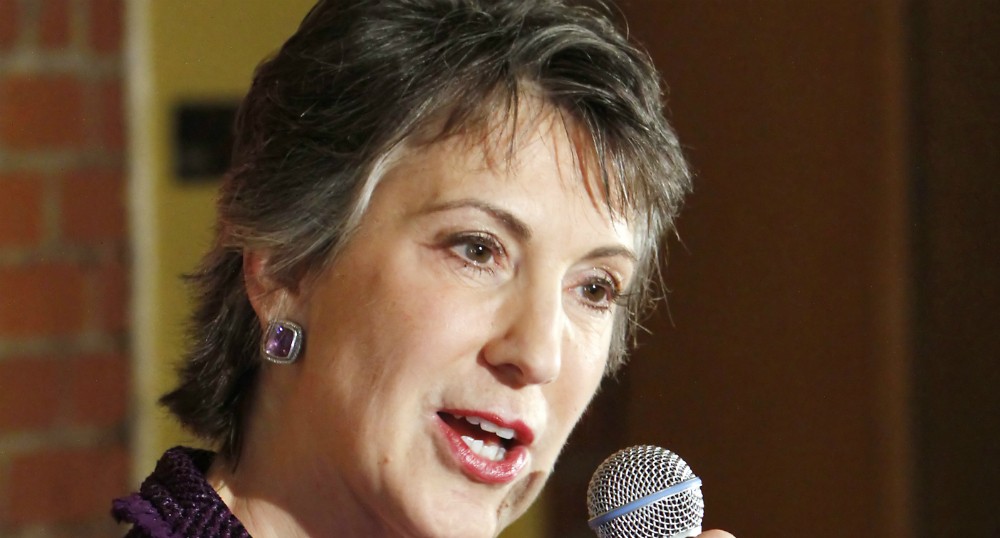HP and Compaq Merger mystery
Post on: 16 Март, 2015 No Comment

EPA Carly the survivor
WHEN two big computer makers, HP and Compaq, completed their $19 billion merger in May, many believed that Carly Fiorina, chief executive of the combined firm, would be the first to go. She was considered damaged goods after the bruising proxy battle preceding the deal. But on November 11th it was Michael Capellas, Compaq’s former boss and second in command at the new HP. who resigned. He is expected to take the helm at WorldCom, a bankrupt telecoms firm.
HP ‘s shares fell by 11%, as investors worried that, without Mr Capellas’s operational skills, Ms Fiorina would not be up to the job of seeing through the complex merger. Yet it was not integration pains that seem to have driven Mr Capellas’s decision, but the urge to be number one—plus a severance package worth $14.4m. The bigger question is how the merged firm is doing. HP ‘s quarterly results, due out on November 20th, could provide the first answers.
During the proxy battle, Ms Fiorina promised that the deal would not end up as another failed technology mega-merger and set out some clear milestones. Costs, she said, would be cut by $500m in the second half of fiscal 2002 and by $2.5 billion the following year. The savings appear to be on track. Procurement costs are down by an annualised $419m, three-quarters of the 2003 goal. By the end of the year, 10,000 workers will have left HP. almost two-thirds of the 16,800 planned lay-offs.
In this section
If the merger has not turned out to be a disaster, that is thanks in part to its difficult birth. The fight put up by Walter Hewlett, son of one of HP ‘s co-founders, pushed the two firms to plan the integration extensively. Helpfully, the Internet allowed them to do such detailed planning and, later, efficiently to communicate the results to employees and customers—often a problem in mergers. And the prolonged technology recession has given the combined company enough time to implement the integration plan properly.

Yet the fact that business has not picked up as expected—and will not until next year, according to Ms Fiorina (perhaps optimistically)—makes the merger’s next phase very tricky. In HP ‘s third quarter, ending in July, revenues were down by more than 11%, mainly because of poor results in the PC business. The firm has lost its number one spot to its rival, Dell. HP remains the largest supplier of retail PC s, but its share price was also hit by speculation that Wal-Mart, the world’s largest retailer, is planning a range of own-brand PC s.
The enterprise-systems group, which sells software and servers, also did badly. Only printers, which generate most of HP ‘s profits, did better than expected. But overpriced printer cartridges will not bail out HP for ever. If it is to make the merger a real success, the firm needs to fix its other businesses, and in particular enterprise systems, says Steven Milunovich, an analyst at Merrill Lynch. In the short term, this means further cost-cutting. But in the longer run, HP ‘s two big bets have to pay off: computer systems based on Itanium, Intel’s new high-end chip, and management software to run what the firm calls Utility Data Centres.
Although Itanium has come a long way technologically, it is unlikely to take the world of corporate computing by storm. Worse, HP ‘s rivals, IBM and Sun Microsystems, are at least as far along with their own plans to develop software for computing “power-plants”. If HP ‘s efforts in these two areas do not bear fruit, Ms Fiorina may have to go after all. Perhaps Mr Capellas, having turned around WorldCom, might then return as saviour.














